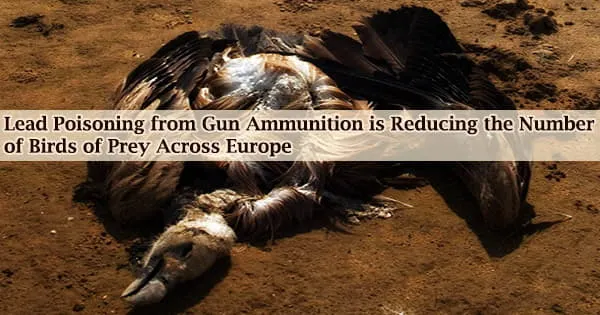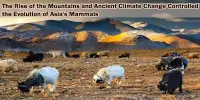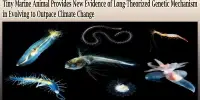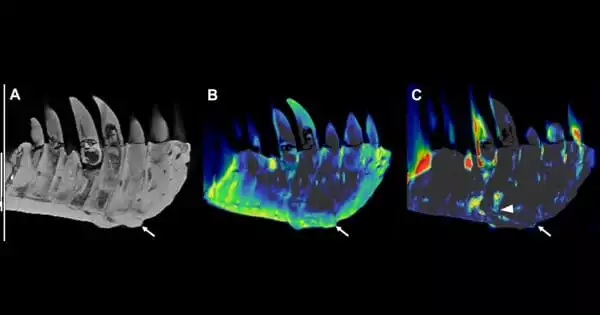One-fourth of all carbon dioxide (CO2) emissions are absorbed by the oceans. As a result of CO2 and saltwater reaction during absorption, ocean pH levels decrease. Lower carbon ion concentrations are the result of this process, known as ocean acidification.
Some marine life uses carbon ions to construct and maintain their shells. They include pteropods, an essential part of the marine ecology.
There is little knowledge regarding the life cycles and population dynamics of pteropods. This is partially because certain species of sea butterflies are so small some are less than a millimeter long and because they do not do well in captivity.
A group of marine biologists has now studied the life cycles, abundance, and seasonal variability of shelled sea butterflies in the Scotia Sea, which is experiencing some of the Southern Ocean’s quickest climatic change.
“Decline in Antarctic Ocean pteropod populations could have cascading ramifications to the food web and carbon cycle,” said Dr. Clara Manno, a researcher at the British Antarctic Survey and corresponding author of the study published in Frontiers in Marine Science. “Knowledge about the life cycle of this keystone organism may improve prediction of ocean acidification impacts on the Antarctic ecosystem.”
It is impossible to observe the full life cycle of sea butterflies in a laboratory setting, so we had to piece together information about their spawning, growth rate and population structure. Using sediment trap samples, we successfully reconstructed their life cycle over a year.
Dr. Vicky Peck
Population stability essential for species survival
The scientists used a sediment trap, a sampling tool moored at 400 meters depth, to gather marine butterflies for their research.
“It is impossible to observe the full life cycle of sea butterflies in a laboratory setting, so we had to piece together information about their spawning, growth rate and population structure,” added Dr. Vicky Peck, a researcher at the British Antarctic Survey and co-author of the study. “Using sediment trap samples, we successfully reconstructed their life cycle over a year.”
Scientists found that the two major species they had gathered, Limacina rangii and Limacina retroversa, had different life cycles, which made them vulnerable to shifting ocean conditions in various ways. L. rangii, a polar species, can be found as both adults and juveniles during the winter months. L. retroversa, a subpolar species, appear to occur only as adults during the winter.
Because colder temperatures accelerate CO2 solubility in the ocean, ocean water is more acidic during the coldest season than it is at other times of the year. According to the researchers, the sea butterfly life stages that occur at that time are more exposed to and vulnerable to rising ocean acidification levels.
The fact that L. rangii adults and juveniles coexist over winter may give them a survival advantage. If one cohort is vulnerable, the overall population stability is not at risk. With L. retroversa, however, if one cohort is removed, the whole population may be vulnerable.
Prolonged exposure is a survival challenge
Although various species are affected in different ways, the researchers concluded that neither is likely to survive prolonged exposure to harsh conditions uninjured.
Ocean acidification episodes start to coincide with spawning occasions in the spring as their duration and severity rise. The experts cautioned that this might harm future populations and notably put the most fragile life stage, the larvae, at risk.
The research team will keep observing sea butterflies living in the Scotia Sea to learn how such a scenario can unfold there.
“A next step will be to focus on multiyear sediment trap samples to identify potential inter-annual variability in the life cycle associated with environmental change,” said Dr. Jessie Gardner of the British Antarctic survey, lead author of the study.
















